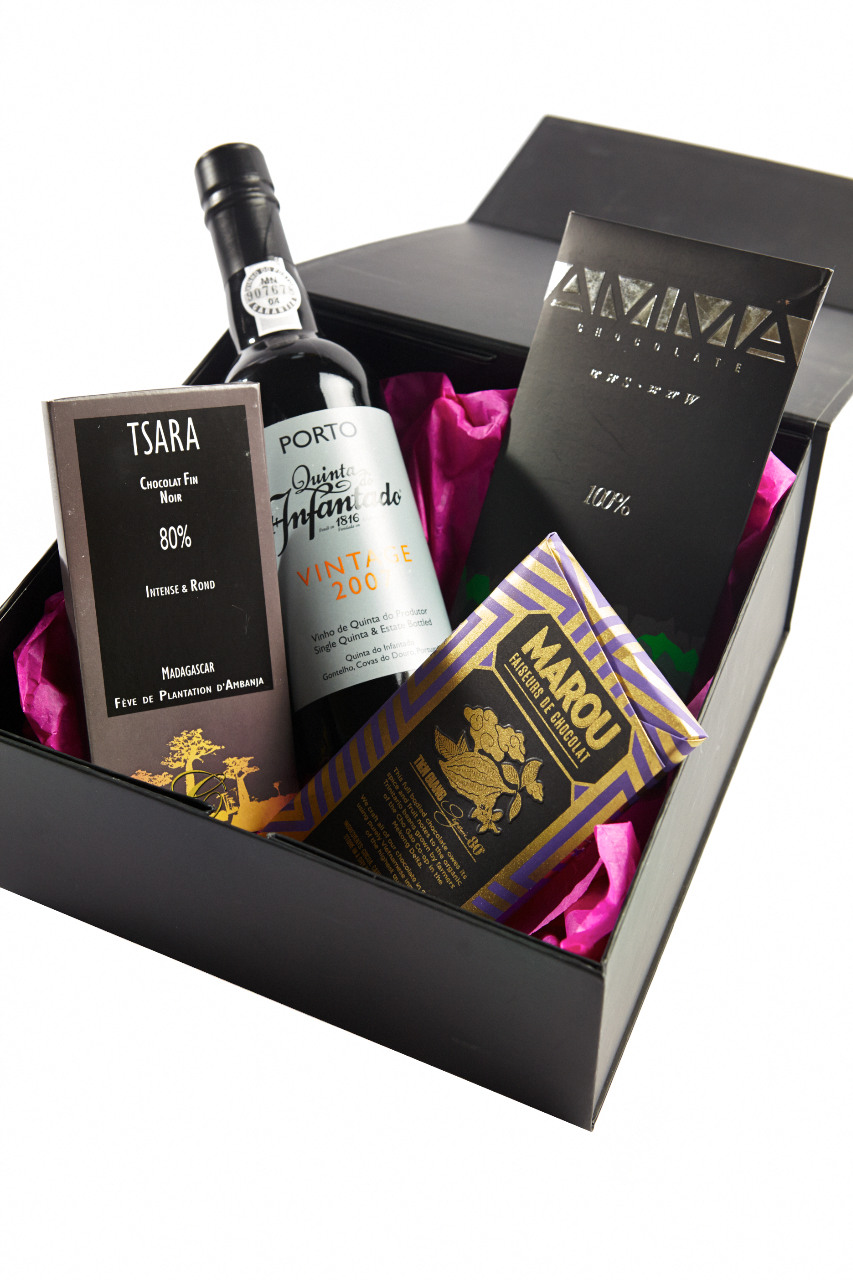
The way a barrel is toasted can also bring out vanilla in wines, as William Kelley notes, ‘lighter toast levels bring aromas of vanilla and fresh wood to the fore’. Reds from Rioja are a common example, such as Faustino’s Gran Reserva 2001, praised for its ‘sweet, vanilla notes of American oak’ - as are oak-aged Chardonnay wines from California and Australia. Vanilla notes are usually generated during the ageing process of wine in oak barrels, typically American oak as opposed to French oak, and younger barrels rather than older. It can be found in red or white wines, usually as an aroma instead of a taste. Vanilla is one of the most frequent tasting notes applied to wines, and it belongs to the sweet spice category. Let’s take a look three common flavours from new oak Vanilla Guaiacol and 4-Methulguaiacol:Charred and smoky aromas This is a process that releases a huge amount of aroma compounds, depending on the level of toasting.Įugenol and Isoeugenol:Spice and clove notesįurfural and 5-Methylfurfural:Caramel and sweet aromas These flavours mainly come from the toasting process when making oak barrels. When we store wine in new oak barrels, these vessels add flavours to wine.

Vin Jaune typically shows oxidative flavours from aldehyde while in Vine de Paille, these flavours are considered as a flaw. In Jura, for instance, both Vin Jaune and and Vin de Paille are made from Savagnin, an indigenous grape variety of Jura. Depending on the wine style, these flavours can be either a wine flaw or a typical flavour. This type of flavour can sometime be tricky to analyse during tasting. These flavours play a dominant part in particular wine styles, such as sherry and Vin Jaune of Jura.Īldehydes commonly give nutty or bruised apple aromas to the wine.

This process contributes oxidative flavours to wine. It is a chemical compound formed via oxidation of alcohol in wine. As the name Al-de-hydes suggests, these flavours come from de-hydrogenated alcohol.


 0 kommentar(er)
0 kommentar(er)
